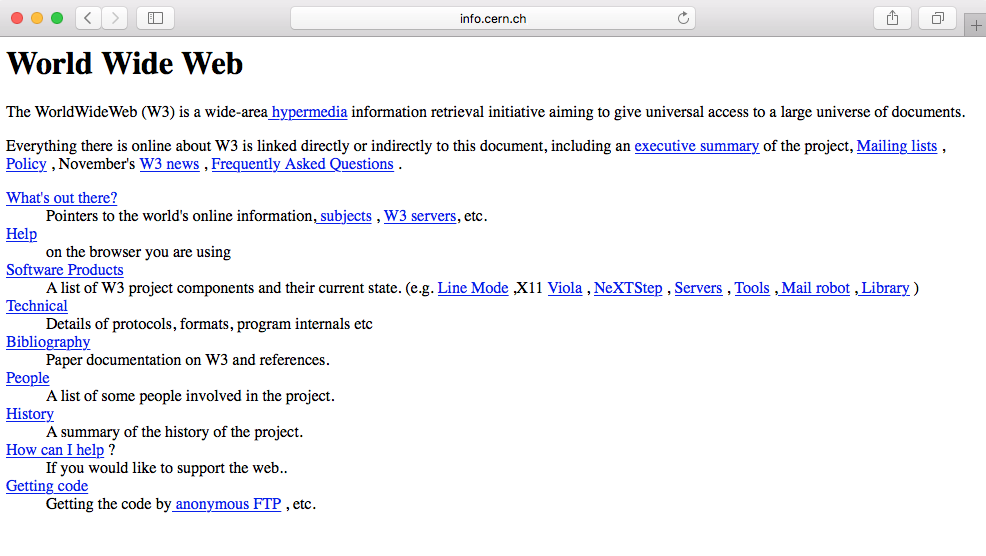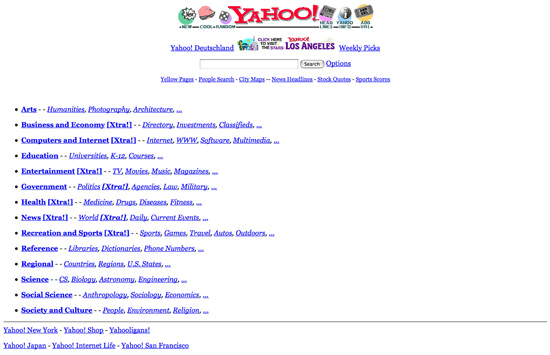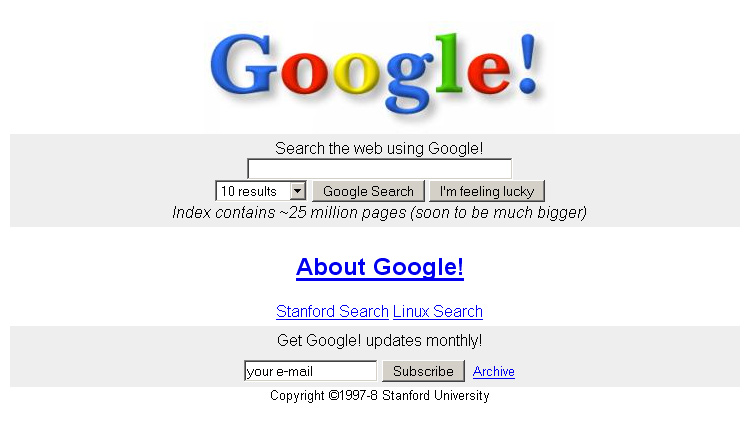The first ever website
The first ever website was created by a scientist named Sir Tim Berners-Lee in 1990. He was a British computer scientist at CERN, the European Organization for Nuclear Research. It was basically a text-based website with a few links. A copy of the original page from 1992 still exists online. It simply existed to serve and tell people what the World Wide Web (WWW) was:

Most websites to follow were pretty much the same. There were entirely text-based with simple HTML markup:
<h1>for titles<p>for paragraphs<a>for links (we will go through all this markup in our HTML course)
The following version of HTML further allowed people to insert images, <img>, and tables, <table>, thus creating more possibilities.
In 1994, the WWW Consortium (W3C) was formed to set and establish the standard of the web (https://www.w3.org/). It was mainly to discourage and prevent private companies from building their own web language, as it would create chaos on the web. The W3C to this day continues to deliver standards for the open web, such as the new HTML5 or CSS3.
Here are some examples of websites in the 90s. The following screenshot shows how the Yahoo web page used to look back in 1994:

The following screenshot shows how the Google web page used to look back in 1996:





























































